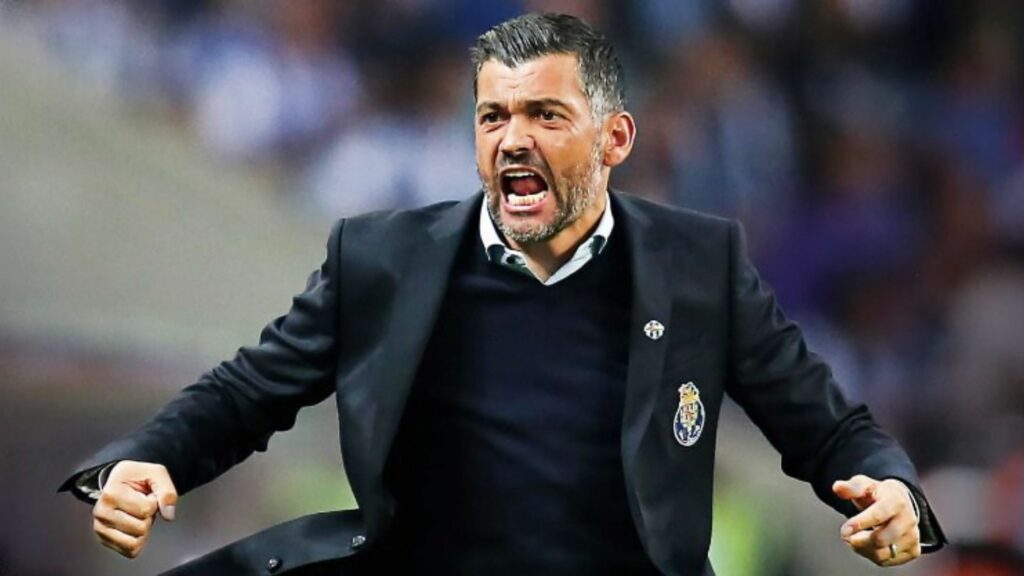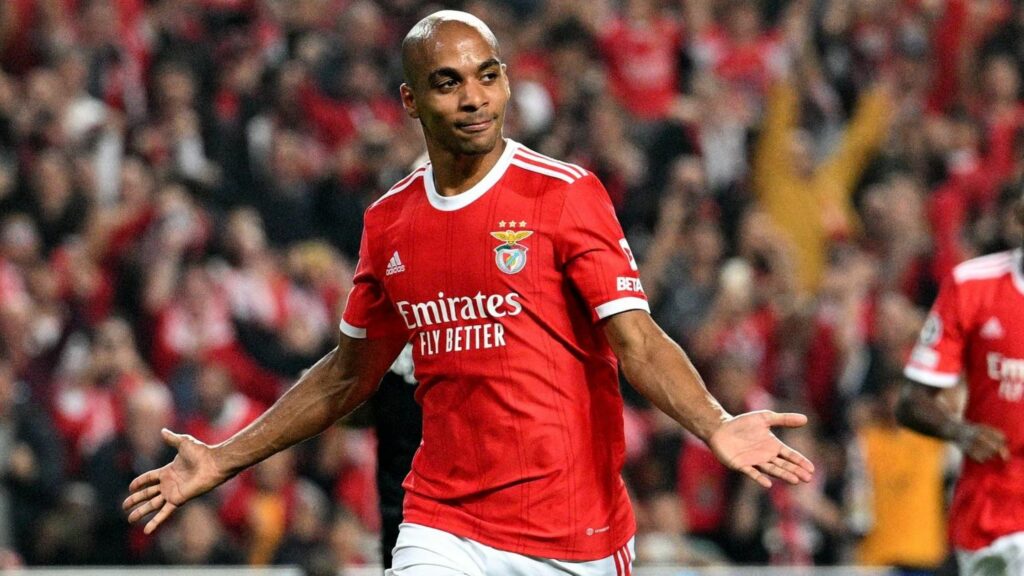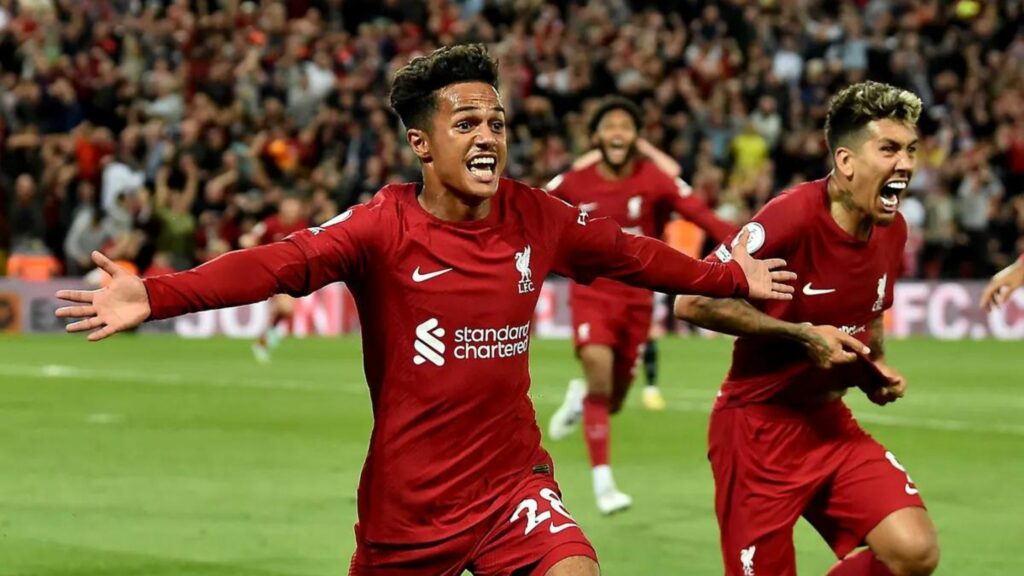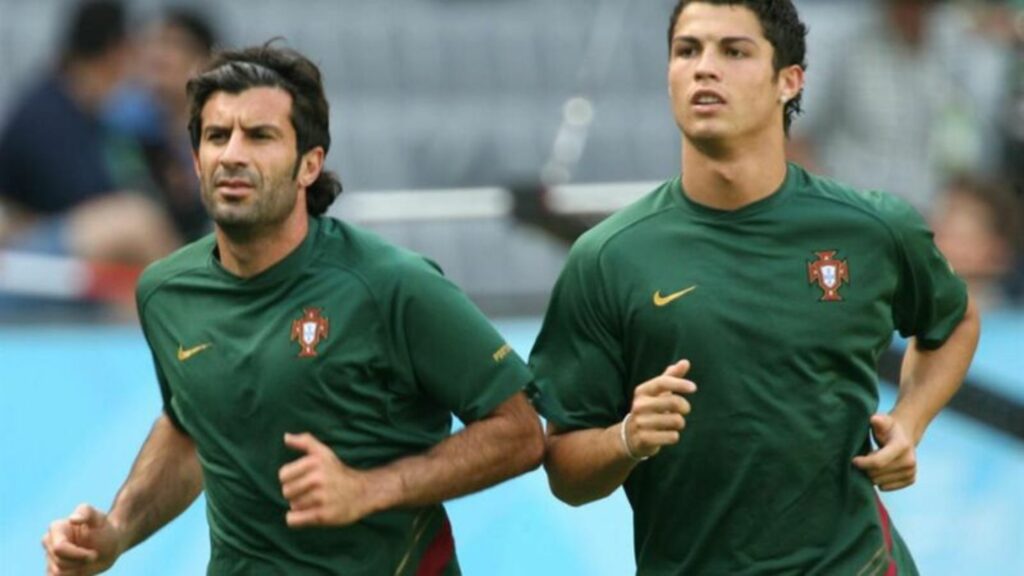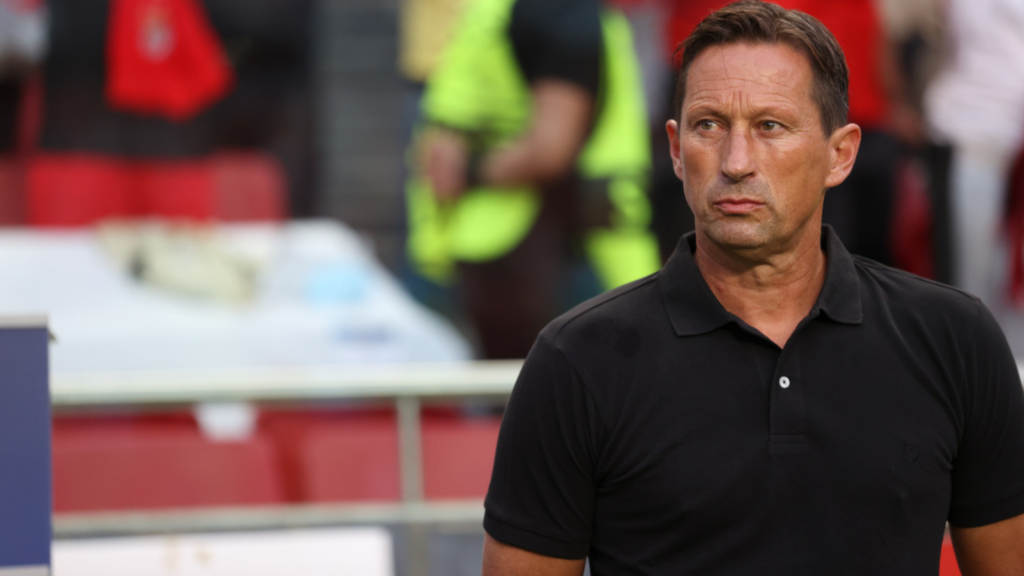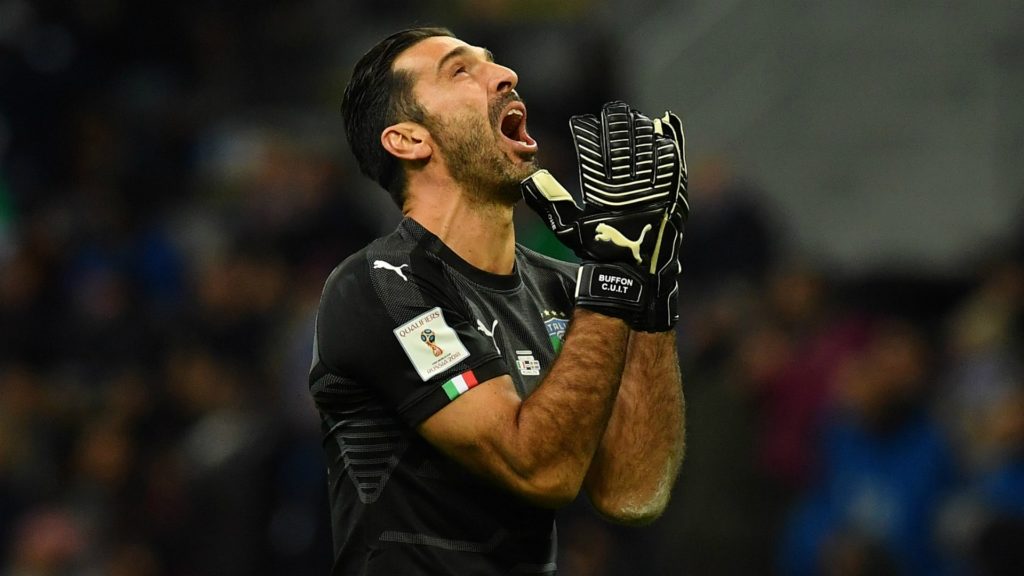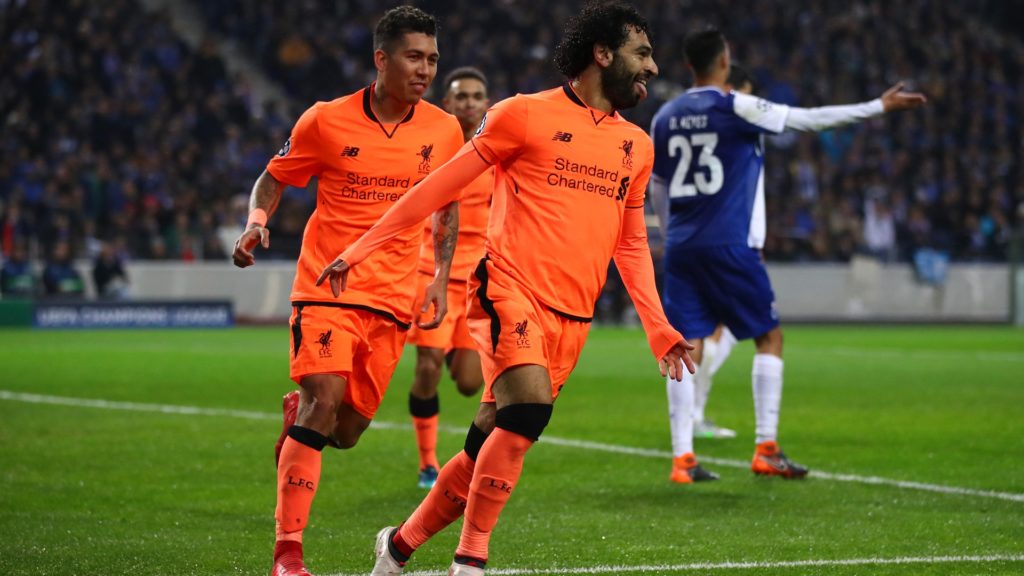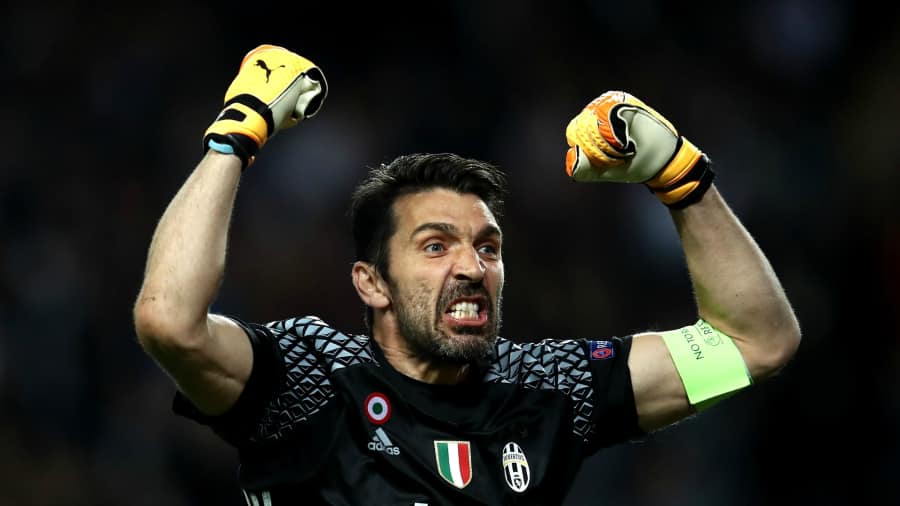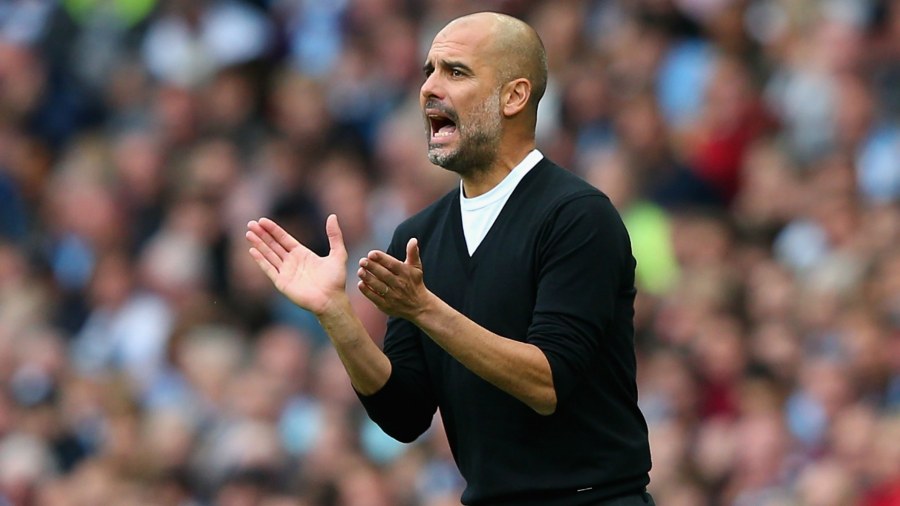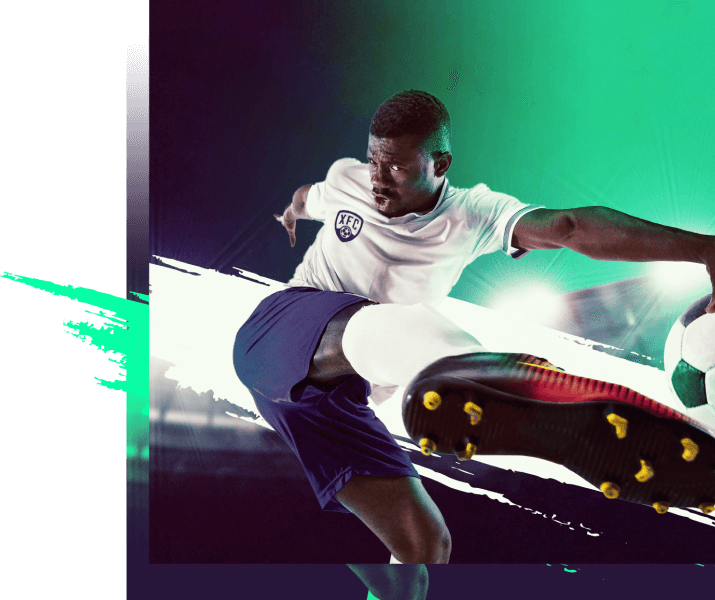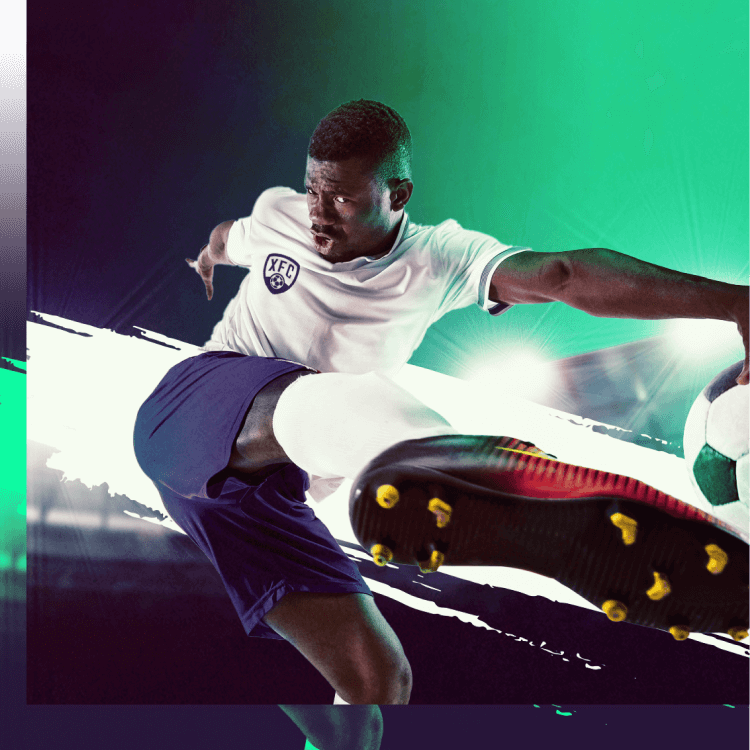Sérgio Conceição’s FC Porto was back in the final phase of the Champions League this week. Nothing new here.
And, while they succumbed to a 1-0 aggregate defeat over Inter Milan, the message was clear. Porto is an important European team, and just one example, along with Benfica or Sporting, of Portugal’s sustainable model for growth.
Today we will look at Sérgio Conceição’s tactics and speak about his famous man management, the bedrock of the team’s current success.
Pre-Porto Career
Sergio Conceição, the current manager of FC Porto, had an illustrious career both as a player and manager before joining one of Portugal’s top clubs. As a player, Conceição was an acclaimed winger who played for some of Europe’s premier clubs. As a manager, his success at FC Porto has earned him comparisons to Jose Mourinho, the Portuguese manager who helped skyrocket the club to the top.
Conceição began his professional football career with Academica de Coimbra before moving on to clubs such as FC Porto, Lazio, and Inter Milan. While at Porto he was an integral part of their teams that won both UEFA Cup in 2003 and the Champions League in 2004.
After retiring from playing in 2008, Conceicao transitioned into coaching, initially working as an assistant coach at Standard Liege in Belgium. Following that, he had a brief managerial tenure with Portuguese club Olhanense before being appointed manager of Braga, where he enjoyed considerable success, leading them to the Europa League quarterfinals in 2016.
Conceicao’s next managerial position was at the French club Nantes. Here, he led them to a seventh-place finish in Ligue 1. However, it was his return to Porto as manager that really brought him into prominence. In his first season as manager of the club, Conceicao led Porto to both the Primeira Liga title and the Champions League quarterfinals.
Since then, Conceicao has built on his success at Porto by winning the league title again in 2019 and 2022 while leading his team to the knockout stages of Champions League matches each year. His dynamic style of play has won him many admirers, cementing him as one of Portugal’s top young managers.
Football Philosophy
Sergio Conceicao has carved out an image in the media as a passionate, uncompromising figure. For the most part, these attributes are precisely the ones that translate toward his tactics.
ConceicaoIn June 2017, Nuno Espirito Santo left Porto by mutual consent after Benfica won their fourth consecutive Primeira Liga. It was an indication that Porto’s problems ran deep and that many structural and squad changes were required in order to move forward.
Sergio Conceicao was brought in and presented as a straight-talking Portuguese international who wanted to reinvigorate the club with which he was most heavily associated. Conceicao could not rely on a hefty budget and proved adept at managing Porto’s existing squad pool.
Conceicao’s personality earned him respect quickly. With a mix of energy and tacit discipline, he won over not only the dressing room but also despondent fans. Though he made an early mistake by leaving first-team goalkeeper Iker Casillas out, Conceicao quickly showed maturity by admitting his mistake and reinstating Casillas – this proved decisive in turning heads.
Tactics at FC Porto
Sergio Conceicao, the current manager of FC Porto, is renowned for his dynamic and attacking style of play. Under his guidance, Porto has often played in a 4-4-2 formation with high pressing to disrupt opponents’ buildup play and win possession quickly. They’ve also experimented with a 4-3-3 system.
Offensively, Porto prefers playing with plenty of widths, using their fullbacks to push up and offer support for the wingers. Furthermore, they like to play at a high tempo, often looking to quickly transition from defense to attack and catch opponents off guard. Porto typically attacks down the flanks to cross the ball into the box for strikers or attack midfielders to finish.
Porto’s defensive approach under Conceicao is typically organized and disciplined. They often play with a high defensive line to limit opponents’ space and block their attacking options. Furthermore, players in the midfield are known for pressing hard and diving into tackles in order to regain possession.
FC Porto in defence
Sergio Conceicao has long advocated the 4-4-2 formation, which Porto has employed in throughout most of his tenure. This system has proven particularly balanced. This season, domestically, FC Porto has a goal difference of +38. Only Roger Schmidt’s Benfica enjoys better stats.
Conceicao playing style, which was fast and aggressive, is carried over into his managerial approach. Porto strives to condense the pitch vertically when their opponents have possession by applying a high-energy front press that keeps them in their defensive third. This presents Porto with ample chances to transition and regain possession.
Under Conceicao’s leadership, Porto’s press is well-organized and intense. The two strikers lead the charge by closing in on center-backs and goalkeeper. The midfield line adds further pressure.
Fullbacks move up onto their respective wingers to prevent any escape routes for opposition players, creating a swift synchronized shift forward that suffocates opponents and allows Porto to regain possession in matches continuously.
Conceicao’s tactical artistry is not limited to explosive aggression. He pushes his side to pass the ball through short distances and all phases, creating offensive opportunities through dynamic movements. Ball retention is vital in ensuring FC Porto’s success. In their recent Champions league outing, they enjoyed 66% possession against Serie A champions, Inter.
Build-up play
Conceicao’s defensive strategy mirrors his offensive one. It’s one built on grit and determination. Porto’s first line of defense is the 5-man press which seeks to disrupt opposition attacks before they arise. If this press is defeated, Conceicao has implemented tactics designed to minimize their exposure in midfield.
Porto instead opts for a high-pressure approach by keeping their back four on the halfway line. This strategy requires them to stay close together in order to reduce the chance of balls being played over their heads; however, this strategy comes at the expense of space on the flanks as it makes defenders shift across the field more quickly in case an opponent throws in a diagonal long ball.
Conceicao’s 4-4-2 system features some creative moves when gaining possession of the ball. His two center backs push up towards halfway while their central midfielders drop back and narrow to form a central block that protects from counterattacks and creates space for quick transitions through midfield phases.
Typically, the two wingers will cut inside, creating space for the full-backs on either flank. This change transforms 4-4-2 into an attacking 4-2-4 formation as opposing midfielders struggle to track them. Often, this leaves them stranded, creating a passing lane through the center of the pitch where one Porto striker drops back to receive the ball.
When Porto plays the ball out to the flanks, their full-back, winger, and striker overload the opposition in a 3v2 situation. This overlap stretches the defense, creating chances for easy passes into half-space. Porto’s full-backs, Wendell and Joao Mario, possess essential qualities such as speed, endurance, and technical proficiency, making them invaluable assets in Conceicao’s system.
Attacking structure
Some teams prioritize centrality when it comes to ball progression, while Porto prefers using wide areas when moving it forwards. In the build-up phase, Porto often faces off against an opponent who does not press aggressively but attempts to deny central passages to their double pivot.
To counteract this defensive structure, Porto typically drops one of their pivot players (Mateus Uribe or Stephen Eustaquio) slightly deeper, creating either 3v3 or 4v3 formation. From here, they work the ball wide until reaching a far-side fullback high and wide.
FC Porto typically relies on link-play and passing triangles during 3v3 duels against their opposition, using these areas for ball progression. During these passages, where wide areas are utilized for ball progression, players like Mehdi Taremi become invaluable assets by becoming both as link options while creating space for teammates by occupying opposition defenders.
Porto’s defensive strategies keep their opponents pinned, not allowing them to have control of the ball or work it forward from behind.
What next for Sérgio Conceição and FC Porto
In 2023, FC Porto is enjoying another fine season. This year, however, the even greater success of rivals Benfica Lisboa threatens to overshadow Conceição’s own triumphs.
The fact is that the Portuguese club is a model for all teams working with limited resources and going up against the behemoths of the football system. Sergio Conceição’s tactics and planning have ensured that this development could continue.
FC Porto remains a top European club. Unlike years before, this shouldn’t surprise anyone.
